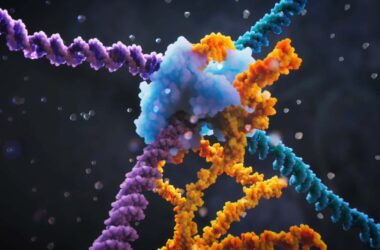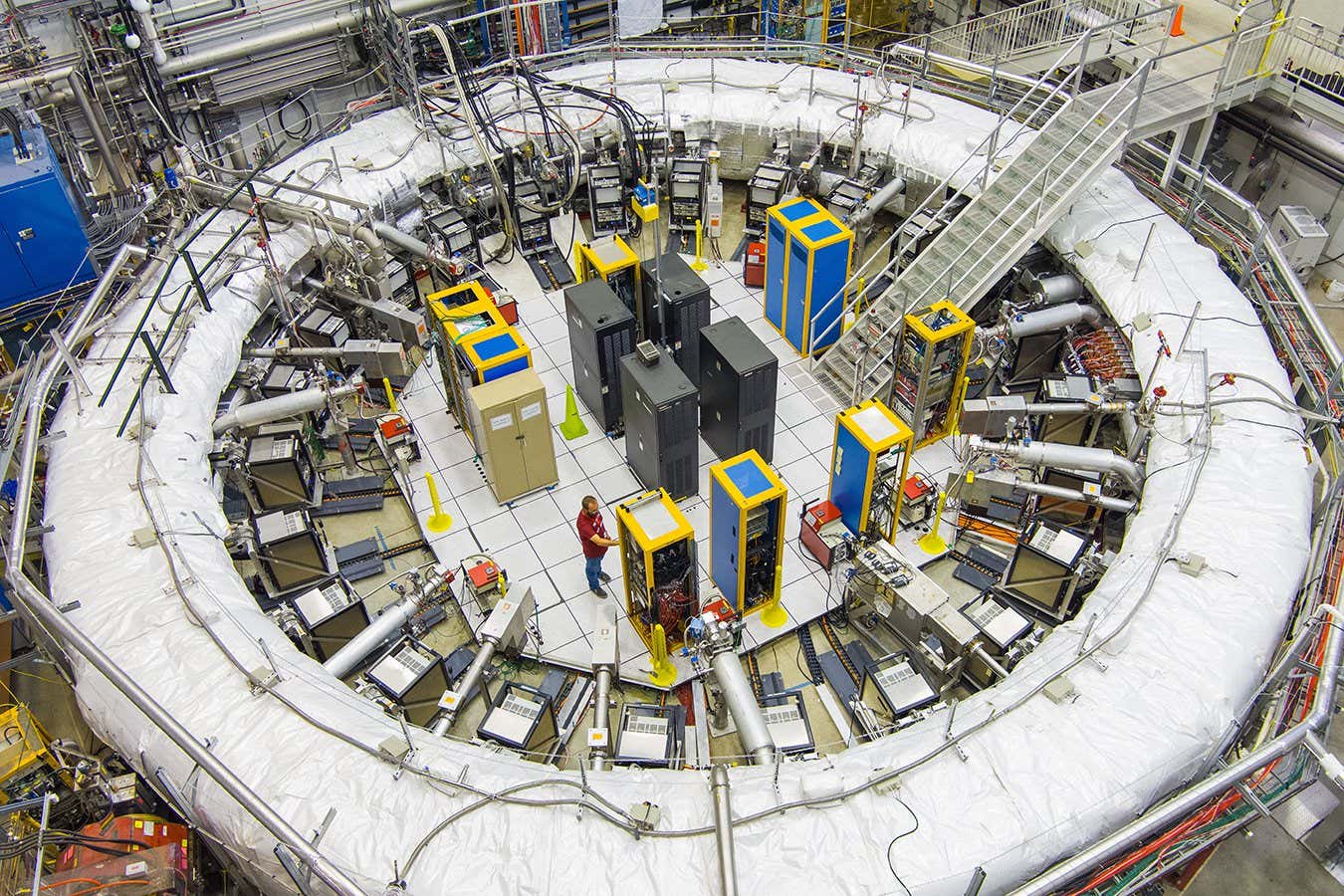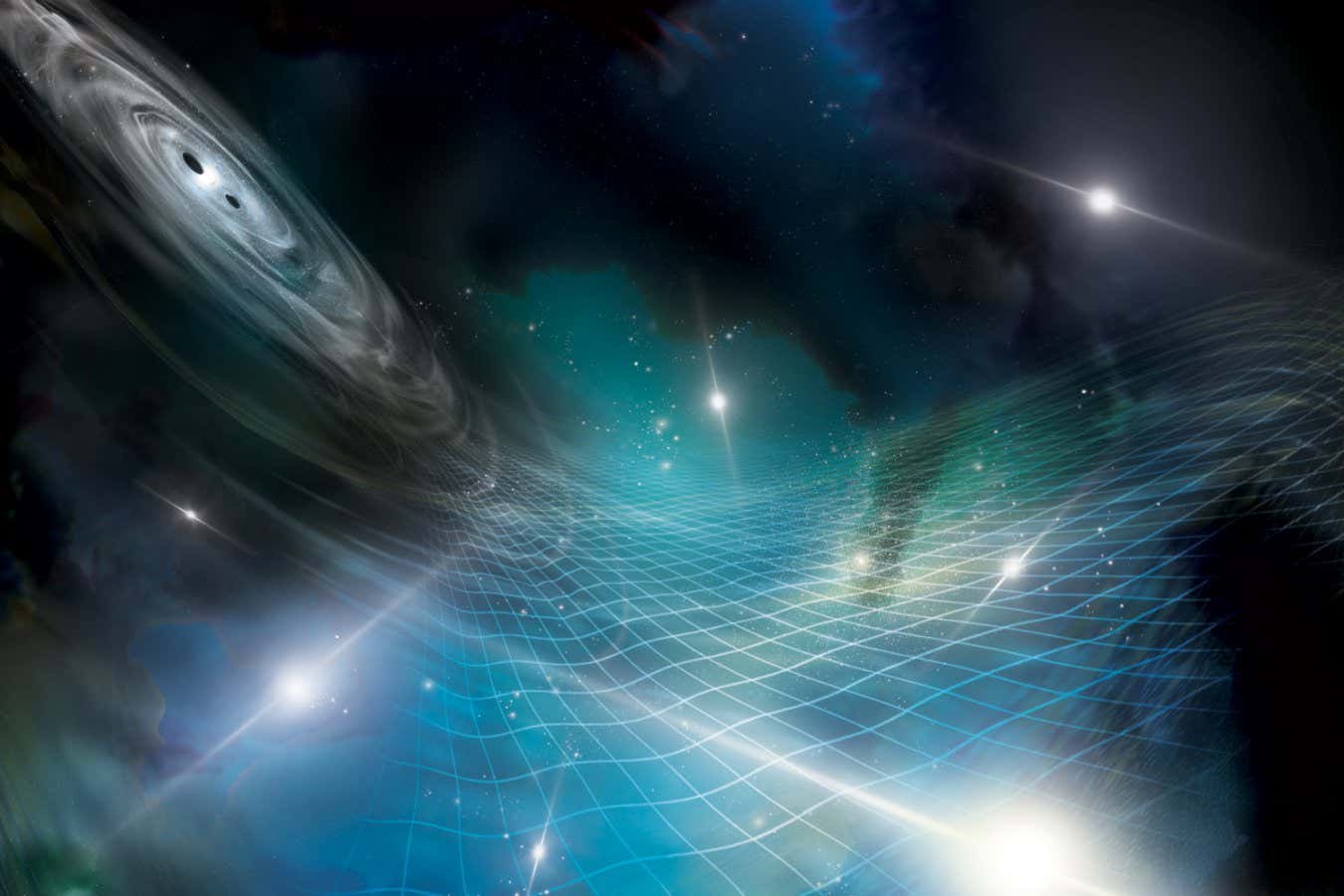Fermilab’s Muon g-2 experiment has produced new experimental results showing that the behavior of a fundamental particle called the muon deviates from what the standard model of particle physics would predict. This suggests the existence of unknown forces and particles that go beyond our current theoretical understanding.
What’s strange about the muons’ behavior?
The irregularities in muon behavior were observed in their spin rate when placed in a magnetic field. This spin rate is represented by a number called the g-factor, which is influenced by the interactions between muons and other particles. According to the standard model, the g-factor should be exactly 2. However, measurements taken since 2006 have consistently shown that muons spin slightly faster, resulting in a g-factor of 2.002.
How is the g-factor measured?
The spin rate of muons is measured through precession, a phenomenon where the particles wobble as they spin. At Fermilab, muons are accelerated around a magnetic storage ring close to the speed of light. During their journey, they interact with virtual particles that appear and disappear due to quantum effects. Physicists then analyze the precession rates of muons using a wiggle plot, which allows them to calculate the muons’ g-factors.
How are these new measurements different from previous ones?
The latest measurements from Fermilab are more precise than any previous ones, with a precision of 0.2 parts per million. This is twice as precise as the previous set of measurements announced in 2021. Importantly, these measurements have reached a statistical confidence level of 5 sigma, indicating a 1 in 3.5 million chance that these results are a statistical fluke if the standard model is correct. A 5-sigma measurement in particle physics is considered a significant discovery.
How was this precision achieved?
The increased precision is a result of analyzing a larger amount of data and incorporating data from additional years. The new research includes data from 2019 and 2020, significantly increasing the number of observed muons. The experimental procedure was also improved, involving the stabilization of the muon beam and a more accurate characterization of the magnetic field used to induce muon spin. The researchers plan to include data from 2021 to 2023 in their final report, expected in 2025, which will provide the most precise measurement of muon g-factors.
What does this mean for particle physics?
The implications of these measurements for particle physics are still uncertain, as ongoing theoretical efforts aim to understand the muon g-factors. If the discrepancy between measurements and predictions persists, it suggests that the standard model is incomplete and missing some type of particle. This particle could be a virtual particle that briefly interacts with muons through an undetected force before disappearing again. However, further precise measurements will be necessary to provide more insights into the existence of such a particle.








